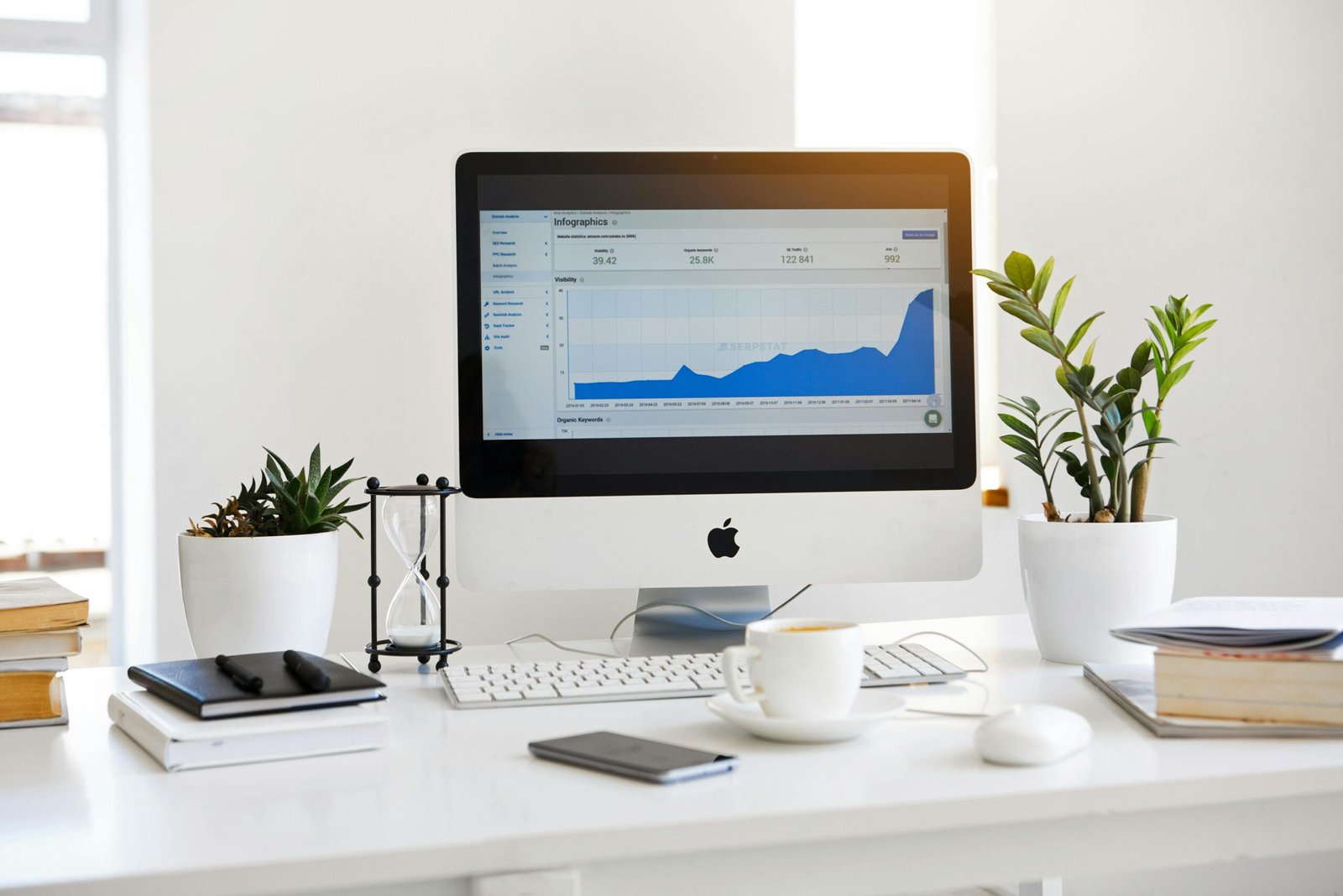Many small businesses set up Google Analytics but never check their data—or worse, they don’t know what to do with it. Understanding how to use Google Analytics allows you to track your website’s performance, optimize your marketing, and make data-driven decisions that increase leads and sales.
This guide will walk you through the key Google Analytics reports every small business owner should track and how to use them to improve your website, content, and marketing strategy.
Why Small Businesses Need Google Analytics for Decision-Making
If you are not using Google Analytics, you are missing valuable insights about your customers and website visitors. Instead of guessing what is working in your marketing, Google Analytics provides real data that helps you:
- Understand where your website traffic comes from (Google search, social media, paid ads, etc.).
- See which marketing channels drive the most conversions.
- Track your most popular pages and landing pages.
- Identify where visitors drop off and how to improve engagement.
- Measure which marketing campaigns generate the most leads or sales.
Example: A Local HVAC Business Increases Leads Using Google Analytics
An HVAC company used Google Analytics to find out most visitors were leaving their website after visiting the pricing page. This suggested they were interested in the service but hesitant about pricing. After adding a “Get a Free Estimate” button to that page, lead conversions increased by 30 percent.
Without Google Analytics, they would not have identified this problem or known how to fix it.
Related Read: Google Analytics for Small Businesses: What It Is and How to Set It Up
Key Google Analytics Metrics Every Small Business Should Track
1. Website Traffic Overview (Audience > Overview)
What It Tells You:
- How many people visit your site daily, weekly, or monthly.
- How long they stay on your website.
- How many are first-time vs. returning visitors.
How to Use It:
- If traffic is low, focus on increasing visibility with SEO, social media, or paid ads.
- If visitors leave quickly (high bounce rate), improve website speed, content, or navigation.
2. Traffic Sources: Where Visitors Come From (Acquisition > All Traffic > Channels)
What It Tells You:
- Which platforms drive traffic to your site (Google, Facebook, Instagram, email, etc.).
- Whether your SEO efforts are paying off.
- How effective your social media and paid ads are.
How to Use It:
- If organic search traffic is low, invest in SEO and content marketing.
- If social media traffic is underperforming, test different platforms or content strategies.
- If paid ad traffic is high but conversions are low, review your landing pages for improvement.
Example: A Local Coffee Shop Refines Its Social Media Strategy
A coffee shop checked Google Analytics and found most of its social media traffic came from Instagram, not Facebook. They shifted their budget to Instagram ads and saw a 20 percent increase in online orders.
3. Top Pages and Content Performance (Behavior > Site Content > All Pages)
What It Tells You:
- Which pages get the most traffic.
- How long visitors stay on each page.
- What content keeps people engaged.
How to Use It:
- If a blog post gets a lot of traffic, update it with a call-to-action to capture leads.
- If a service page has high views but low conversions, add customer testimonials, FAQs, or a special offer.
Related Read: What Is the Marketing Funnel and Why Does Your Small Business Need It?
4. User Behavior and Engagement (Behavior > Engagement)
What It Tells You:
- How long visitors stay on your site (average session duration).
- How many pages they view per visit.
- Whether they leave immediately (bounce rate).
How to Use It:
- If bounce rate is high, improve content, page speed, or user experience.
- If visitors are spending time on a specific page, optimize it for conversions (add a sign-up form, CTA, or contact button).
Example: A Home Cleaning Service Increases Bookings with Google Analytics
A cleaning company saw that visitors spent the most time on their FAQ page but did not book services. They added a “Schedule a Cleaning” button to the page, leading to a 25 percent increase in bookings.
5. Conversion Tracking: How Many Visitors Become Customers (Conversions > Goals > Overview)
What It Tells You:
- How many visitors completed a key action (contact form submission, phone call, purchase).
- Which pages or campaigns led to those conversions.
How to Use It:
- If goal completions are low, optimize landing pages, simplify checkout, or improve lead forms.
- Test different offers or promotions to increase conversions.
How to Use Google Analytics to Improve Your Marketing
1. Identify Which Marketing Channels Work Best
- Go to Acquisition > All Traffic > Channels to see which platforms drive the most visitors.
- Invest more in high-performing channels and adjust strategies for underperforming ones.
2. Optimize High-Traffic Pages for More Conversions
- Check Behavior > Site Content > Landing Pages to find your most visited pages.
- Add stronger calls to action, videos, or lead forms to high-traffic pages.
3. Reduce Website Bounce Rate
- If visitors leave your site too quickly, improve:
- Website speed (Google PageSpeed Insights).
- Mobile optimization (over 50 percent of traffic comes from mobile).
- Content quality (add images, videos, and clear messaging).
4. Track the Performance of Email Campaigns
- In Acquisition > Campaigns > All Campaigns, check if email marketing brings in traffic.
- If email traffic is low, test different subject lines, call-to-actions, or sending times.
Related Read: Use Email Marketing to Stay Top of Mind
Final Thoughts: Use Google Analytics to Grow Your Business
Google Analytics helps small businesses track performance, optimize marketing strategies, and increase conversions.
If you need help with Google Analytics, Contact Send It today!

